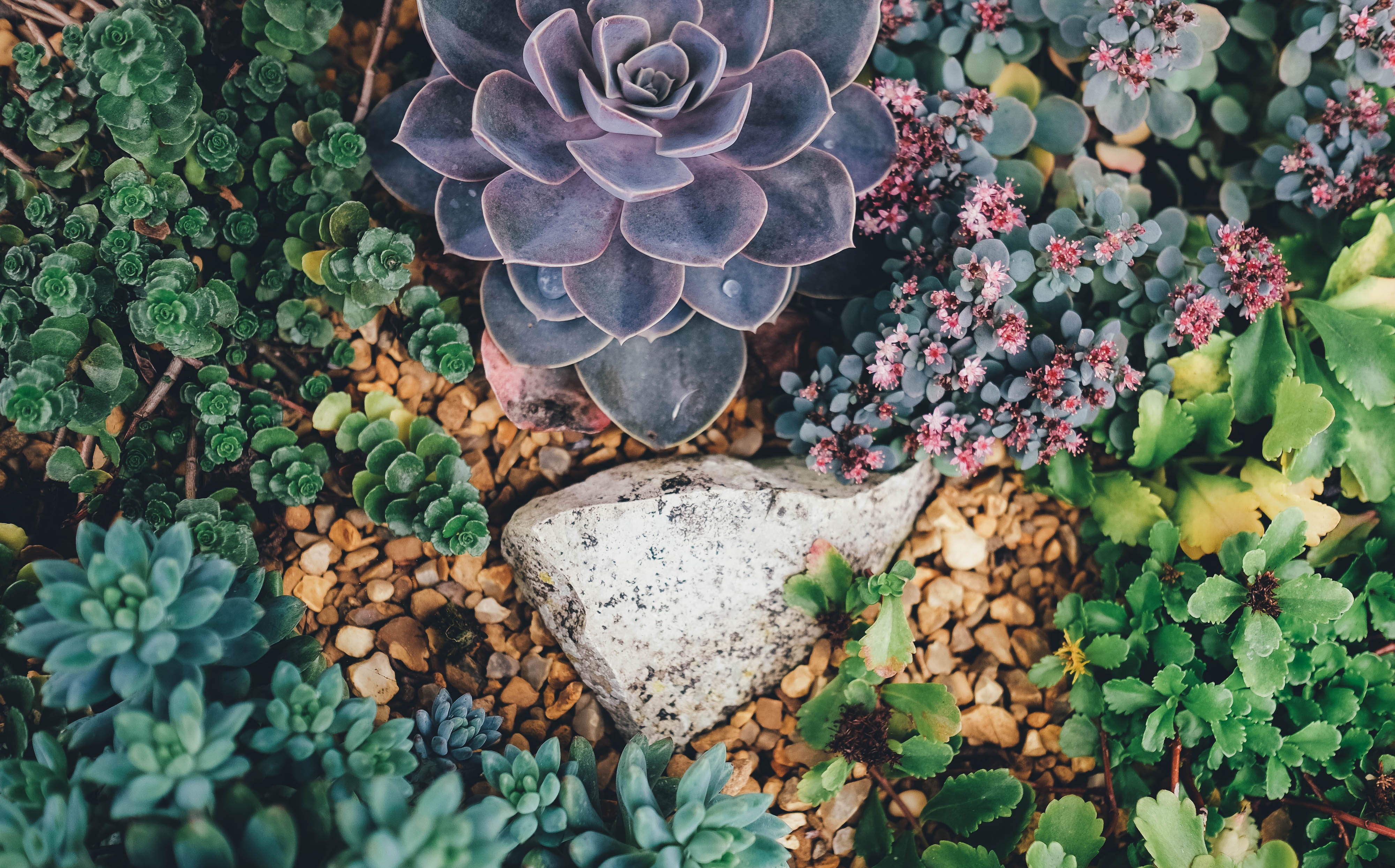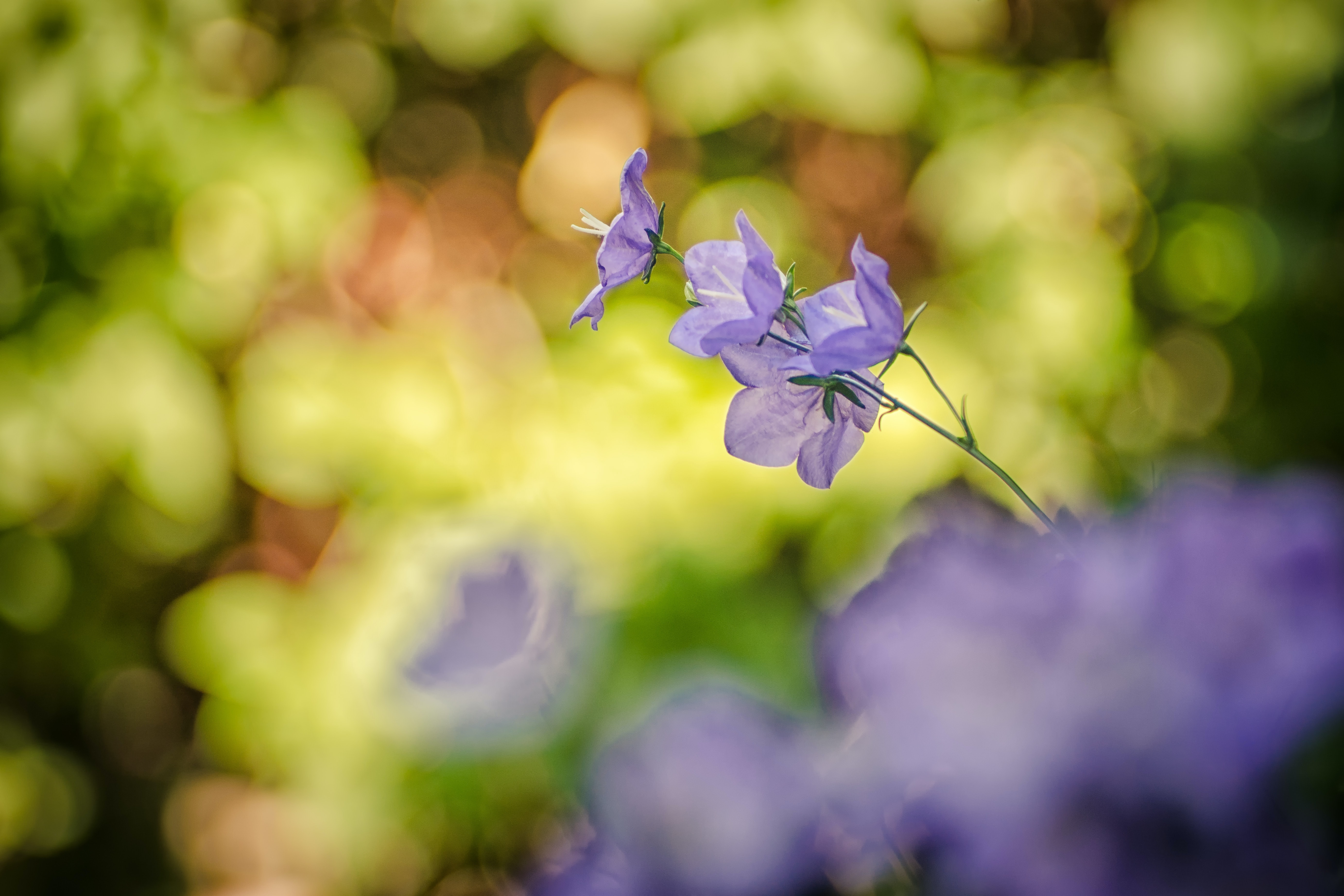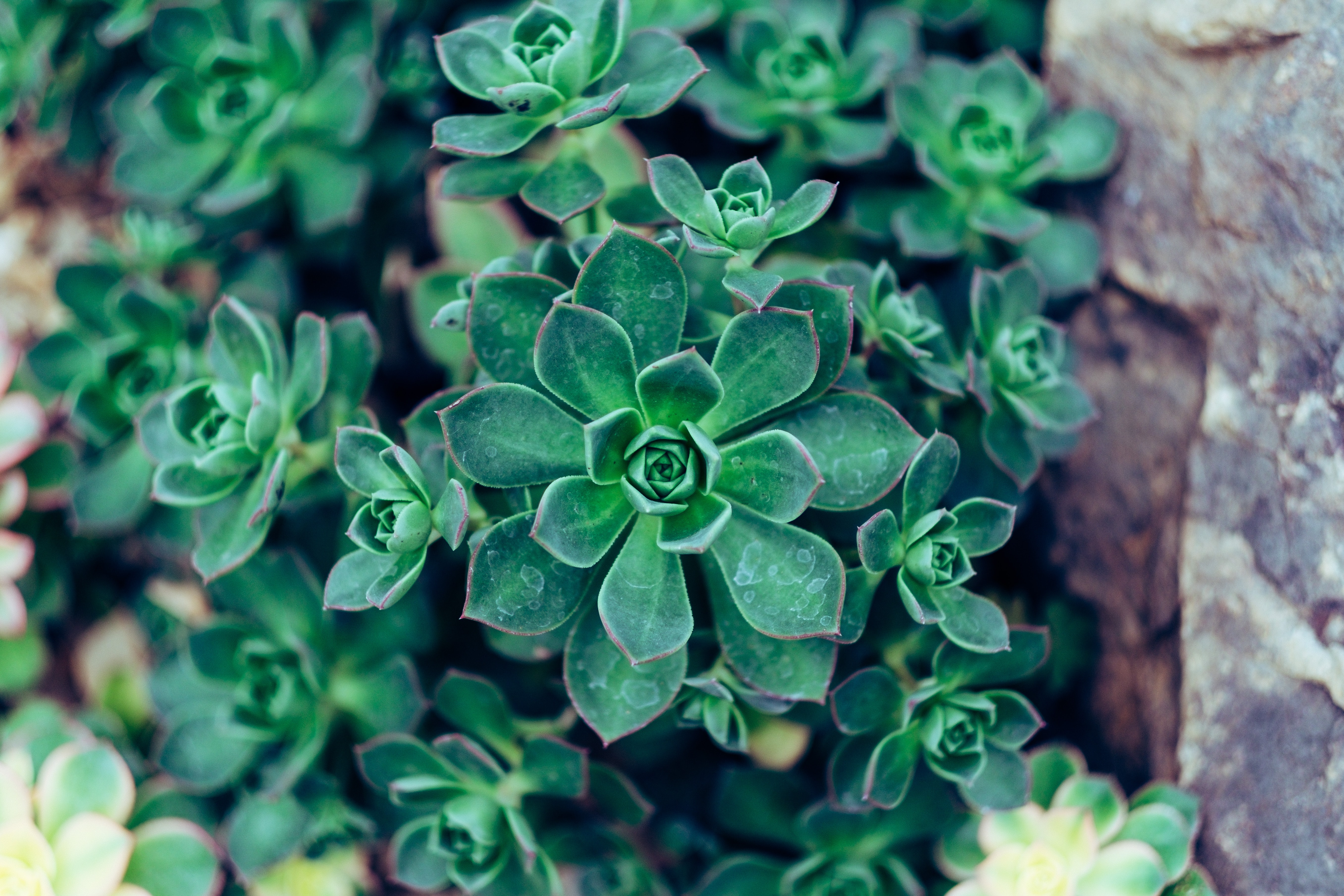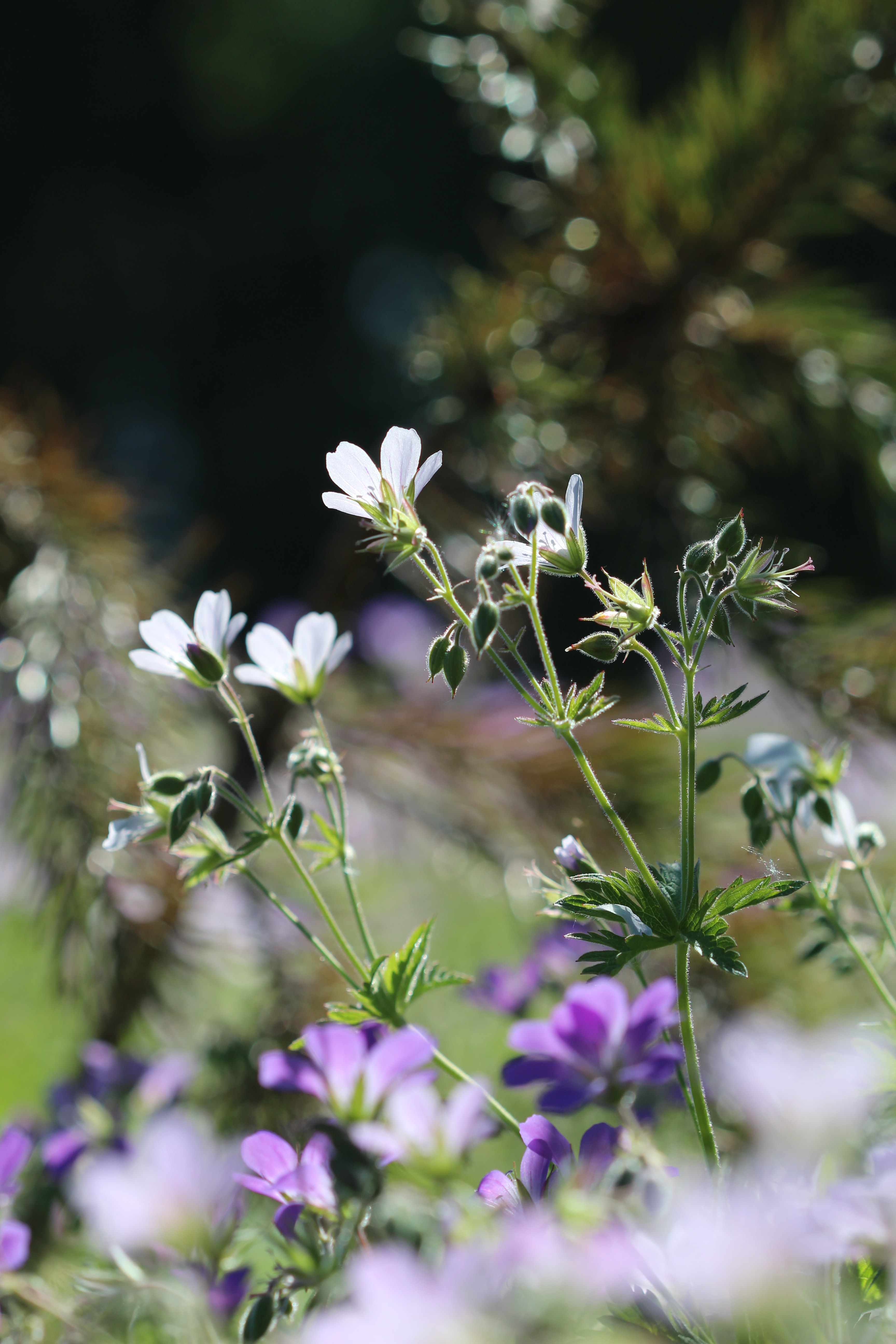20 best plants for rockeries and how to build one – with Alan Titchmarsh's tips
These are the best plants for rockeries and how to build a rockery for your garden, with expert advice from Alan Titchmarsh

Looking for plants for rockeries – or want to learn how to build a rockery for your garden? Autumn is easily the best time to accomplish this natural garden scheme. Rockeries are wonderful because they're so different from any other type of garden, home to plants that will be lost elsewhere in your outdoor space. Some plants for rockeries are available in autumn, so you can start yours now, and then continue planting up next spring, when the selection will be even greater.
Keep scrolling for an easy guide to the best plants for rockeries and building a rockery – and tons of expert tips from gardening guru Alan Titchmarsh.
Find more garden ideas in our ultimate gallery.
Plants for rockeries

These are the top plants for rockeries to go for for year-round colour and interest:
- Crocuses
- Campanula
- Sedum
- Sempervium
- Spring gentian
- Pulsatilla vulgaris
- Thyme
- Saxifraga
- Dianthus
- Miniature daffodils
- Miniature iris (iris reticulata)
- Delosperma
- Ajuga
- Phlox subulata
- Euphorbia myrsinites
- Iberis sempervirens
- Dwarf rhododendrons
- Lithodora
- Silene schafta
- Sisyrinchium

How to build a rockery: the basics
1. Mark out the plot you're planning on using for the rockery; dig up the top soil and form the rock garden base with rubble (broken old terracotta pots will also do). You don't want this base layer to mix with your top soil, so line it with a permeable landscape fabric sheet.
2. Next, lay down the top soil. Rock garden plants need excellent drainage, so mix your compost with loam and horticultural grit. Choose grit that will match the colour of the rocks you're using, as you'll be sprinkling some on top of your garden later.
3. Now, position your rocks. You can buy rocks, but the most natural way to build a rock garden is to use second-hand or by-products of building work (ask at a building site if there is one nearby). They don't need to be all the same size or shape, and you can position them whichever way you like. Group them together or space them out – just avoid the whole thing looking too neat and geometric. Dig the rocks in up to a third, using a garden spade.
Get small space home decor ideas, celeb inspiration, DIY tips and more, straight to your inbox!
4. Plant your rockery plants, making sure that the ones that love sun won't be blocked by shade from the rocks. Water well.
How to build a rockery: Alan Titchmarsh's top tips
Alan has praised rock gardens as an undeservedly neglected garden trend. In his video (watch it above), Alan explains that rockeries present excellent opportunities for displaying small plants that otherwise won't be very visible in your garden. His top tips for planting up a rockery are:
1. Get several of the same plant: because alpines and succulents are quite small, you need a few of each type to really make an impact.
2. Plant plants of the same type in groups rather than spaced out throughout the rockery: the effect will be much more appealing.
3. Finish the look by sprinkling the top soil with horticultural grit – of the same colour as the rocks. This will also suppress weeds and help retain moisture.
Where to position a rockery

Think in terms of the natural habitat of the plants you're about to introduce to your garden: Alpine flowers and succulents. Both types of plants, in their different ways, prefer drier conditions and need sun to thrive.
So, choose a spot that's open and isn't under trees, and gets at least three hours of full sun a day. It's not necessary to have a south-facing position for a rockery, but several hours of unbroken sunlight tend to work much better than dappled shade, for example.
Read more:
Anna is a professional writer with many years of experience. She has a passion for contemporary home decor and gardening. She covers a range of topics, from practical advice to interior and garden design.